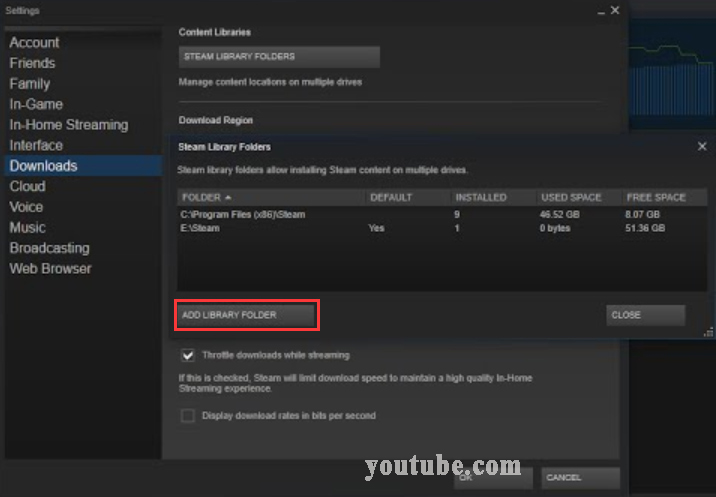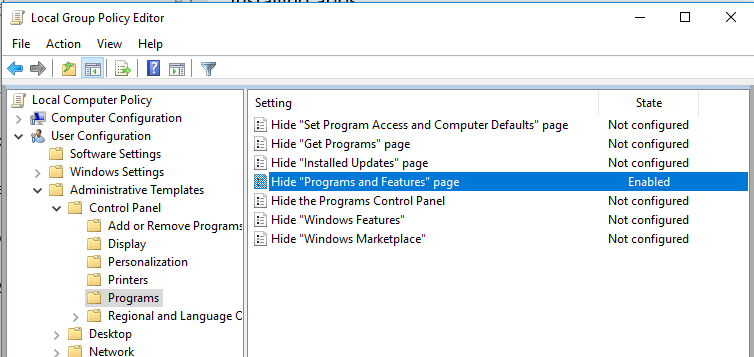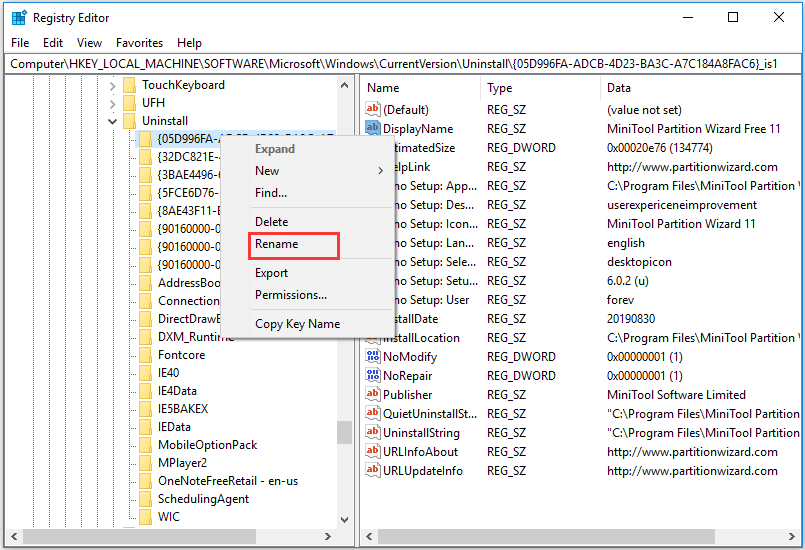
gcf files in the steamapps folder itself (mostly Valve games such as Counter-Strike and the Half-Life series). So unfortunately it will not help with the massive.
Junction Points can only relocate complete folders, not individual files. Requires Microsoft Windows Vista or above (Windows 7, 8, 8.1 are all reported to work fine). Please leave feedback below if you get an error, and I shall endevour to fix it in the next release. If it does break you may have to copy/move files around yourself, restore from a backup, or re-download your steam games. Its moving a lot of files around, without much checking on permissions, so it may not be perfect. I accept no liability of lost files, yadda, yadda. I actually now install steam and all games on my large D:\ HDD, and use Steam Mover to just move my favourite games to the C:\ SSD for a speed boost when playing them. Note that SteamMover runs commands one at a time, and stops if it gets an error.  If you want to see what it's doing and run the commands from the command line yourself, tick the "I want to run the commands myself" box. You can benefit from that fast, but small, SSD drive by only storing the games you regularly play on the SSD, and moving the older games onto a slower larger hard disk. You can store all your steam games on multiple drives, and they all carry on working! You no longer have to do the install/uninstall shuffle to get enough disk space on drive C:\ for that latest game. If you want to move games back to your C:\ drive, simply click on the left arrow button. Once finished, you will see that I have moved Left 4 Dead and World of Goo to my D:\ drive, but because of the Junction Points created on the C:\ drive the games continue to work in Steam. If you want to see the exact commands it is running, tick the "I want to run the commands myself" box. It is using the built-in Windows commands: xcopy, rd, and mklink. This fires off a few command line windows - please let them run to completion. I simply select a few games I don't play very often, and click the "Right Arrow" button.
If you want to see what it's doing and run the commands from the command line yourself, tick the "I want to run the commands myself" box. You can benefit from that fast, but small, SSD drive by only storing the games you regularly play on the SSD, and moving the older games onto a slower larger hard disk. You can store all your steam games on multiple drives, and they all carry on working! You no longer have to do the install/uninstall shuffle to get enough disk space on drive C:\ for that latest game. If you want to move games back to your C:\ drive, simply click on the left arrow button. Once finished, you will see that I have moved Left 4 Dead and World of Goo to my D:\ drive, but because of the Junction Points created on the C:\ drive the games continue to work in Steam. If you want to see the exact commands it is running, tick the "I want to run the commands myself" box. It is using the built-in Windows commands: xcopy, rd, and mklink. This fires off a few command line windows - please let them run to completion. I simply select a few games I don't play very often, and click the "Right Arrow" button. 
Note that Steam Mover can be used to move any folder around (by changing the Source Path), but for Steam the maximum benefit is in moving individual games from the Common folder. If not, select the \Steam\SteamApps\Common\ folder yourself, and a secondary hard disk D:\, where I have created a folder. Here I have my steam folder in the default location, and the application should find that for you. Or do you have a super-fast SSD that is too small to hold all your steam games at the same time?įollowing on from a very interesting post on the Steam forums I've created a little app to make moving the files and creating the junction points much much easier! Example Use

Have you run out of space on your C:\ drive?







 0 kommentar(er)
0 kommentar(er)
